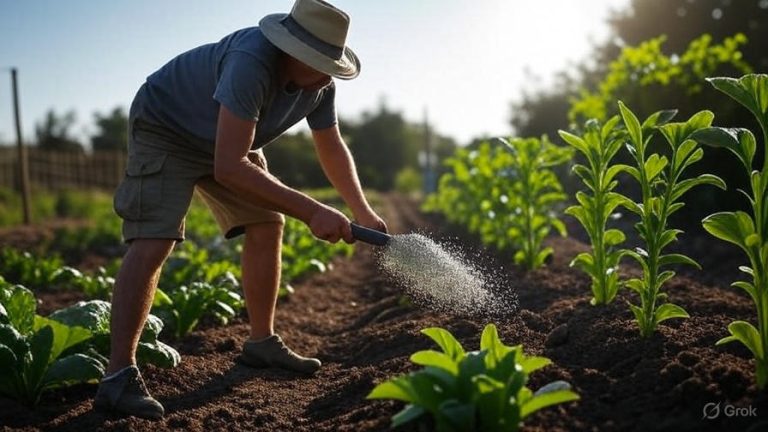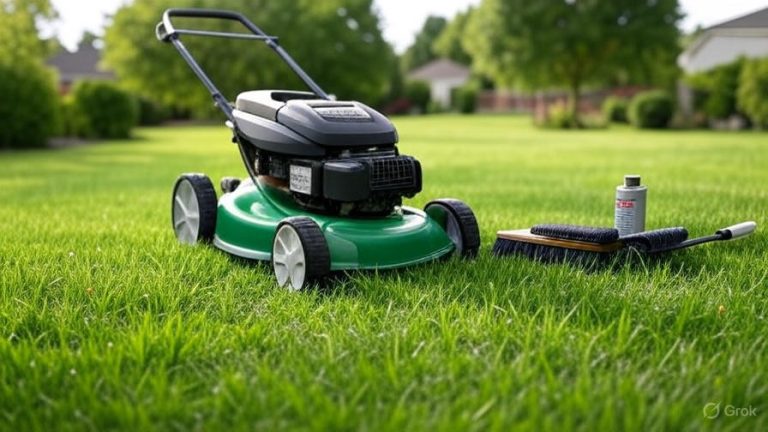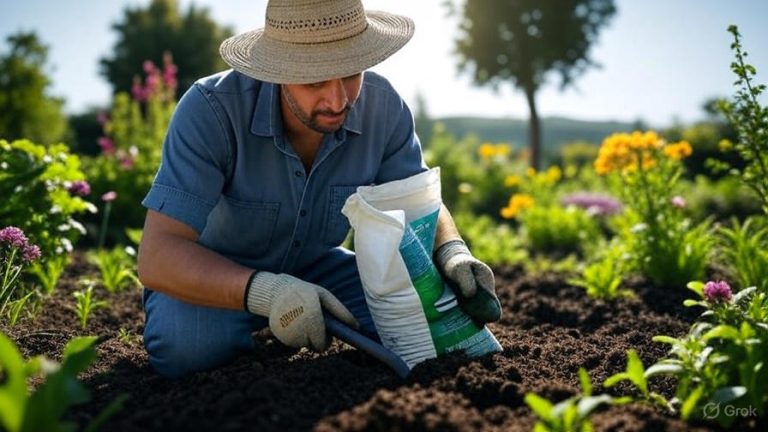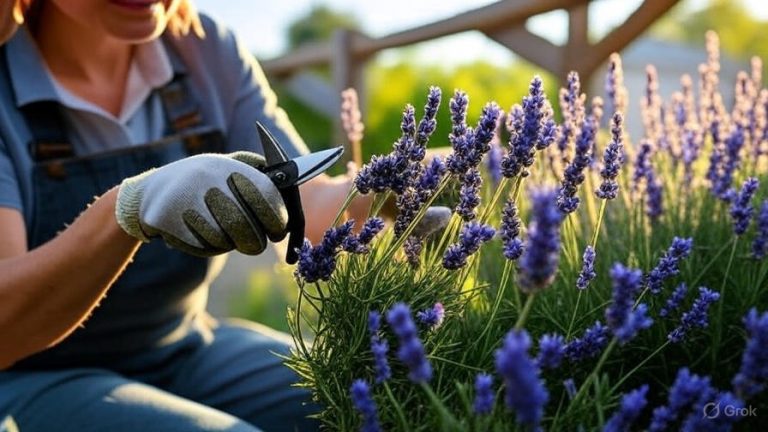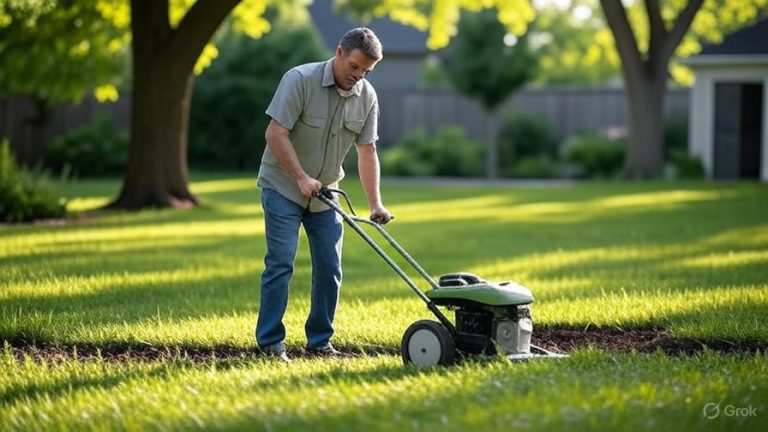How To Grow Muscadine Grapes From Seed?
Muscadine grapes, native to the Southeastern United States, stand out because of their unique flavor, nutritional benefits, and resilience. While many grape growers prefer to propagate muscadines through cuttings or layering to maintain specific varietal characteristics, growing them from seed presents an exciting challenge and opportunity. This comprehensive guide provides you with everything you need to know to successfully cultivate muscadine grapes from seed, from seed selection and preparation to planting and ongoing care. Embark on this rewarding journey and enjoy the fruits (literally!) of your labor.
Understanding Muscadine Grapes
Before we dive into the specifics of growing muscadines from seed, let’s first understand what makes these grapes so special.
What are Muscadine Grapes?
Muscadine grapes (Vitis rotundifolia) are a species of grape native to the southeastern United States. They are different from the more common European grapes (Vitis vinifera) in several ways. Muscadines have thicker skins, fewer seeds, and a distinctive, sometimes musky flavor. They are also highly resistant to Pierce’s disease, a bacterial disease that devastates many other grape varieties. This resistance makes them an excellent option for growers in warm, humid climates.
Why Grow Muscadines from Seed?
While most commercial muscadine growers use vegetative propagation methods (like cuttings) to ensure that the new plants are identical to the parent vine, growing from seed offers unique advantages:
- Genetic Diversity: Seeds produce plants with unique genetic combinations, potentially leading to new and improved varieties.
- Rootstock Development: Seedlings can develop strong, deep root systems, making them more resilient to environmental stresses.
- Experimentation: Growing from seed allows you to experiment with different traits and potentially discover superior plants.
- Cost-Effective: Starting from seed can be more economical than purchasing established plants, especially if you are looking to grow a large number of vines.
However, there are also some drawbacks to consider:
- Variability: Seedlings will not be identical to the parent plant, and some may not produce desirable fruit.
- Time: It takes longer for seedlings to mature and produce fruit compared to grafted plants.
- Gender Identification: Muscadine vines are dioecious, meaning they have separate male and female plants. You won’t be able to determine the gender of a seedling until it flowers, which can take several years.
Sourcing and Preparing Muscadine Seeds
The first step in growing muscadine grapes from seed involves sourcing high-quality seeds and preparing them for germination.
Obtaining Muscadine Seeds
You have two primary options for obtaining muscadine seeds:
- Harvesting from Existing Vines: If you have access to muscadine vines, you can collect seeds from ripe grapes. Select grapes from healthy, productive vines with desirable traits.
- Purchasing Seeds: You can buy muscadine seeds from reputable nurseries or seed suppliers. Make sure to purchase seeds from a trusted source to ensure viability and quality.
Extracting Seeds from Grapes
If you are harvesting seeds from fresh grapes, follow these steps:
- Collect Ripe Grapes: Choose fully ripe grapes for seed extraction.
- Separate the Pulp: Squeeze the pulp from the grapes into a container.
- Clean the Seeds: Add water to the container and stir to separate the seeds from the pulp. The good seeds will sink to the bottom, while the pulp will float. Pour off the pulp and repeat until the seeds are clean.
- Dry the Seeds: Spread the cleaned seeds on a paper towel and allow them to air dry for several days. Make sure they are completely dry before storing them.
Stratification: Breaking Seed Dormancy
Muscadine seeds require stratification, a period of cold, moist storage, to break dormancy and promote germination. Here’s how to stratify your muscadine seeds:
- Prepare a Moist Medium: Place the dry seeds in a plastic bag filled with a moist medium such as peat moss, vermiculite, or paper towels. The medium should be damp but not soaking wet.
- Refrigerate: Seal the bag and place it in the refrigerator (around 35-45°F or 2-7°C) for 90-120 days.
- Check Regularly: Check the seeds periodically to ensure the medium remains moist. If it dries out, add a little water. Also, watch for any signs of mold or fungus. Discard any seeds that show signs of disease.
Planting Muscadine Seeds
After stratification, your muscadine seeds are ready for planting. You can start them indoors or directly outdoors, depending on your climate and preferences.
Starting Seeds Indoors
Starting seeds indoors gives you more control over the growing environment and allows you to get a head start on the growing season.
- Prepare Seed Trays or Pots: Fill seed trays or small pots with a well-draining potting mix.
- Sow the Seeds: Plant the stratified seeds about ½ inch deep in the soil.
- Water Gently: Water the soil gently to moisten it without disturbing the seeds.
- Provide Warmth and Light: Place the seed trays or pots in a warm location (around 70-75°F or 21-24°C) with plenty of light. You can use a heat mat and grow lights to provide optimal conditions.
- Keep Soil Moist: Keep the soil consistently moist but not waterlogged.
- Transplant Seedlings: Once the seedlings have developed several sets of true leaves, they can be transplanted into larger pots or directly into the garden, after hardening off.
Direct Sowing Outdoors
Direct sowing is an option if you live in a warm climate with a long growing season. However, it’s important to note that direct sowing might result in lower germination rates compared to starting seeds indoors.
- Prepare the Soil: Choose a sunny location with well-draining soil. Amend the soil with compost or other organic matter to improve fertility and drainage.
- Sow the Seeds: Plant the stratified seeds about ½ inch deep in the soil, spacing them several inches apart.
- Water Gently: Water the soil gently to moisten it without disturbing the seeds.
- Protect from Pests: Protect the seeds from birds and other pests by covering the area with netting or row covers.
- Thin Seedlings: Once the seedlings emerge, thin them to the strongest plants, spacing them at least 2-3 feet apart.
Caring for Muscadine Seedlings
Once your muscadine seedlings have sprouted, proper care is essential to ensure their healthy growth and development.
Watering
Keep the soil consistently moist, especially during the first few months after germination. Water deeply whenever the top inch of soil feels dry to the touch. Avoid overwatering, which can lead to root rot.
Fertilizing
Feed your muscadine seedlings with a balanced fertilizer (such as 10-10-10) every 4-6 weeks during the growing season. Follow the instructions on the fertilizer label for application rates. You can also use organic fertilizers such as compost tea or fish emulsion.
Weeding
Keep the area around your muscadine seedlings free of weeds, which can compete for nutrients and water. Mulch with straw, wood chips, or other organic materials to suppress weed growth and retain soil moisture.

Pest and Disease Control
Muscadine grapes are generally resistant to many pests and diseases, but it’s still important to monitor your plants for any signs of problems. Common pests that may affect muscadines include grape phylloxera, Japanese beetles, and grape berry moths. Diseases that can affect muscadines include powdery mildew and downy mildew.
- Inspect Regularly: Check your plants regularly for any signs of pests or diseases.
- Use Organic Controls: If you find pests or diseases, try to control them with organic methods such as insecticidal soap, neem oil, or copper fungicide.
- Remove Infected Parts: Prune away any infected leaves or stems to prevent the spread of disease.
Providing Support
Muscadine vines need support to grow properly. You can use a trellis, arbor, or fence to provide support for your vines. Train the vines to grow along the support structure, tying them loosely with twine or plant ties.
Determining Gender and Grafting
Muscadine vines are dioecious, meaning they have separate male and female plants. Only female plants produce fruit, and they need to be pollinated by male plants. Unfortunately, you cannot determine the gender of a seedling until it flowers, which can take several years.
Identifying Male and Female Plants
Once your muscadine vines start to flower, you can determine their gender by examining the flowers. Female flowers have a prominent pistil in the center, while male flowers have stamens but no pistil.
Grafting
If you end up with a male plant, you can graft a scion (a cutting from a female plant) onto the male rootstock. Grafting allows you to convert a male plant into a fruiting female plant. It also ensures that you get the desired fruit characteristics from a known variety.
- Collect Scions: In late winter or early spring, collect scions from a healthy, productive female muscadine vine. The scions should be about 6-8 inches long and have several buds.
- Store Scions: Wrap the scions in moist paper towels and store them in the refrigerator until you are ready to graft.
- Perform the Graft: Use a grafting knife to make a compatible cut on both the scion and the rootstock. Join the two pieces together and wrap the graft union tightly with grafting tape.
- Protect the Graft: Cover the graft union with grafting wax to prevent it from drying out.
- Monitor the Graft: Keep the soil around the grafted plant moist and protect it from direct sunlight. After a few weeks, the scion should start to grow.
Pruning Muscadine Vines
Pruning is essential for maintaining the health and productivity of muscadine vines. Pruning helps to control the size and shape of the vine, improve air circulation, and promote fruit production.
When to Prune
The best time to prune muscadine vines is in late winter or early spring, before new growth begins. Avoid pruning during the growing season, as this can weaken the plant and reduce fruit production.
How to Prune
Muscadine vines produce fruit on new growth that arises from one-year-old wood. Therefore, the goal of pruning is to remove excess growth and encourage the development of new fruiting wood.
- Remove Dead or Diseased Wood: Start by removing any dead, damaged, or diseased wood.
- Thin Out Crowded Shoots: Thin out crowded shoots to improve air circulation and light penetration.
- Shorten Long Shoots: Shorten long shoots to encourage the development of lateral branches.
- Maintain the Vine Shape: Prune the vine to maintain its desired shape and size.
Harvesting Muscadine Grapes
Muscadine grapes typically ripen in late summer or early fall. The exact timing depends on the variety and the local climate.
When to Harvest
Muscadine grapes are ripe when they are fully colored and easily detach from the vine. The grapes should also be slightly soft to the touch.
How to Harvest
Gently pick the ripe grapes from the vine. Be careful not to damage the vine or the remaining grapes.
Storing Muscadine Grapes
Muscadine grapes can be stored in the refrigerator for up to a week. For longer storage, you can freeze the grapes or make them into juice, jelly, or wine.
Conclusion
Growing muscadine grapes from seed requires patience, dedication, and a bit of luck. However, the rewards can be well worth the effort. From the excitement of nurturing a seedling to the satisfaction of harvesting your own unique grapes, this journey offers a special connection to the natural world. By following


